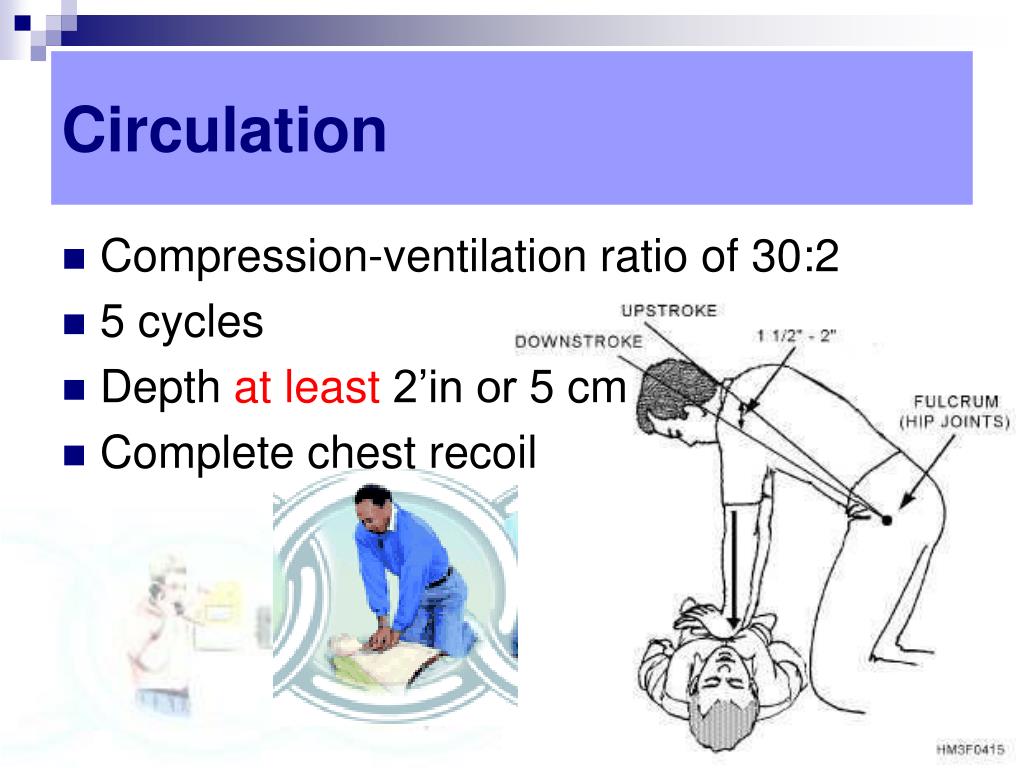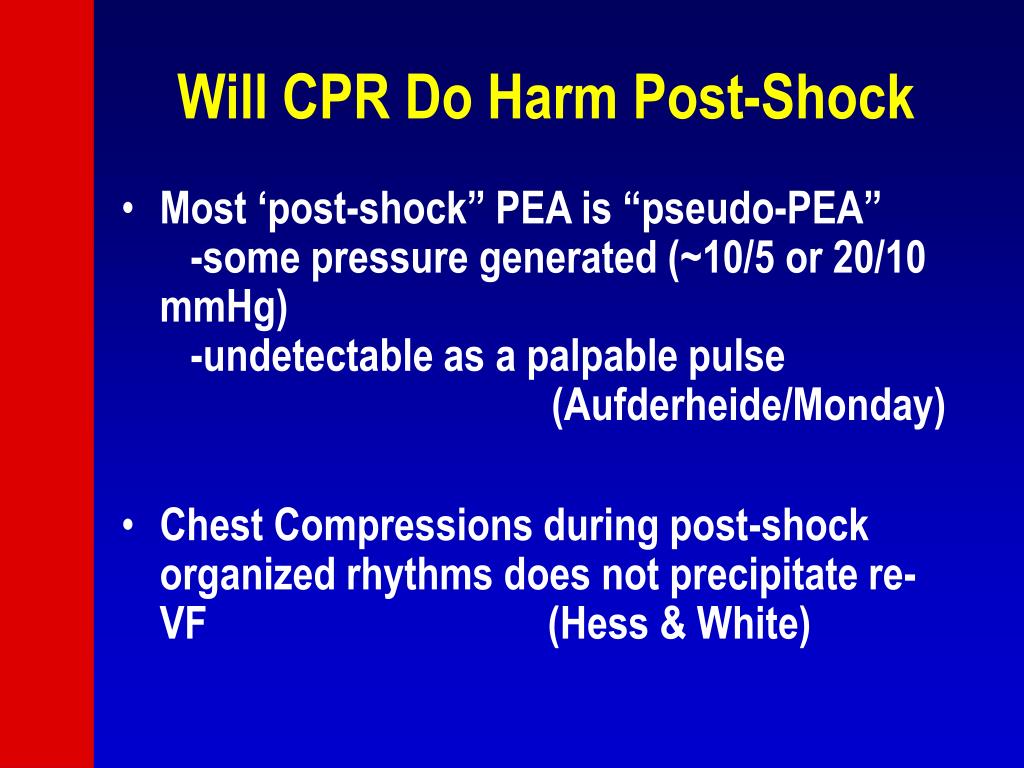
Stay with the infant, monitoring them closely, until help arrives. If the infant regains consciousness, stop performing CPR and call 911. What should I do after I perform chest compressions and rescue breaths?ĬPR should only be performed if the infant is unconscious or unresponsive.
#COMPRESSION TO VENTILATION RATIO FULL#
A full adult breath would be too much for an infant, so instead of using your lungs to administer the breath, it’s recommended to just fill your cheeks with air and use that breath as the rescue breath. This gets the baby’s head at the right angle.Īnother big difference is the power of the breath. Because of this, many people recommend tilting the baby’s head back very slightly in a “sniffing position,” just back far enough so that it looks like the infant is sniffing the air. However, it’s important to not tilt the head back too far, and it’s very easy to overdo it with an infant. Any victim’s head should be tilted slightly backwards before performing rescue breaths, so as to open the airway. There are a couple other important differences concerning rescue breaths for infants. Because of this, when performing rescue breaths on an infant, you should cover the infant’s mouth and nose with your mouth, creating a tight seal.

This is not possible to do effectively with an infant. Performing rescue breaths on an infant is quite different than performing them on adults, or even on older children.įor adults and children aged one or older, you should pinch the nose shut with your fingers while covering the victim’s mouth with your own to perform rescue breaths. How do I perform rescue breaths on an infant? Compressions should be about an inch and a half deep and at a rate that coincides with the beat of the song “Staying Alive” by the Bee Gees. Because an infant is more fragile, the compressions should be performed with only two fingers, at the center of the chest, just below the nipples. How do I perform chest compressions on an infant?Ĭhest compressions on an infant are performed differently than chest compressions on an adult or child. But for infants, it’s absolutely recommended to weave in the two breaths every 30 compressions. According the the American Heart Association and ILCOR, it is certainly permissible to perform “hands only” CPR on adults and older children. That is, when performing CPR on an infant, you perform 30 chest compressions followed by 2 rescue breaths. The CPR ratio for an infant child is actually the same as the ratio for adults and children, which is 30:2. What is the CPR ratio for an infant child? In the CPR world, there are very specific guidelines to this, especially with infants. In other words, how many compressions should you give for every breath in order to optimize the oxygenated blood that’s being manually pushed through the cardiovascular system and ultimately into the brain. The term CPR ratio refers to the ratio of chest compressions to rescue breaths when performing CPR. One of the most common questions asked about CPR for infants is about the CPR “ratio.” What is a CPR ratio? Yes, CPR for infants is slightly different than CPR for children or for adults, and the distinctions are important to know. So how can you be prepared? Learning the basics of CPR for infants is a good place to start. A life-or-death situation with a small, fragile infant is a position that no one wants to be in, but it’s important to be prepared, should such a situation ever arise. But when you’re performing CPR on your infant child, or an infant you’re caring for, the stakes somehow feel even higher.



Use a cell phone if one is available.ģ. For no longer than 10 seconds, check for a pulse at the carotid or femoral artery. If the victim is unresponsive and has abnormal respirations (no respirations or gasping/agonal breathing) activate EMS, yell for help, and send someone for an AED. You should be safe before you begin Basic Life SupportĢ. This means pulling the victim out of standing water, traffic, or other dangerous situation.


 0 kommentar(er)
0 kommentar(er)
